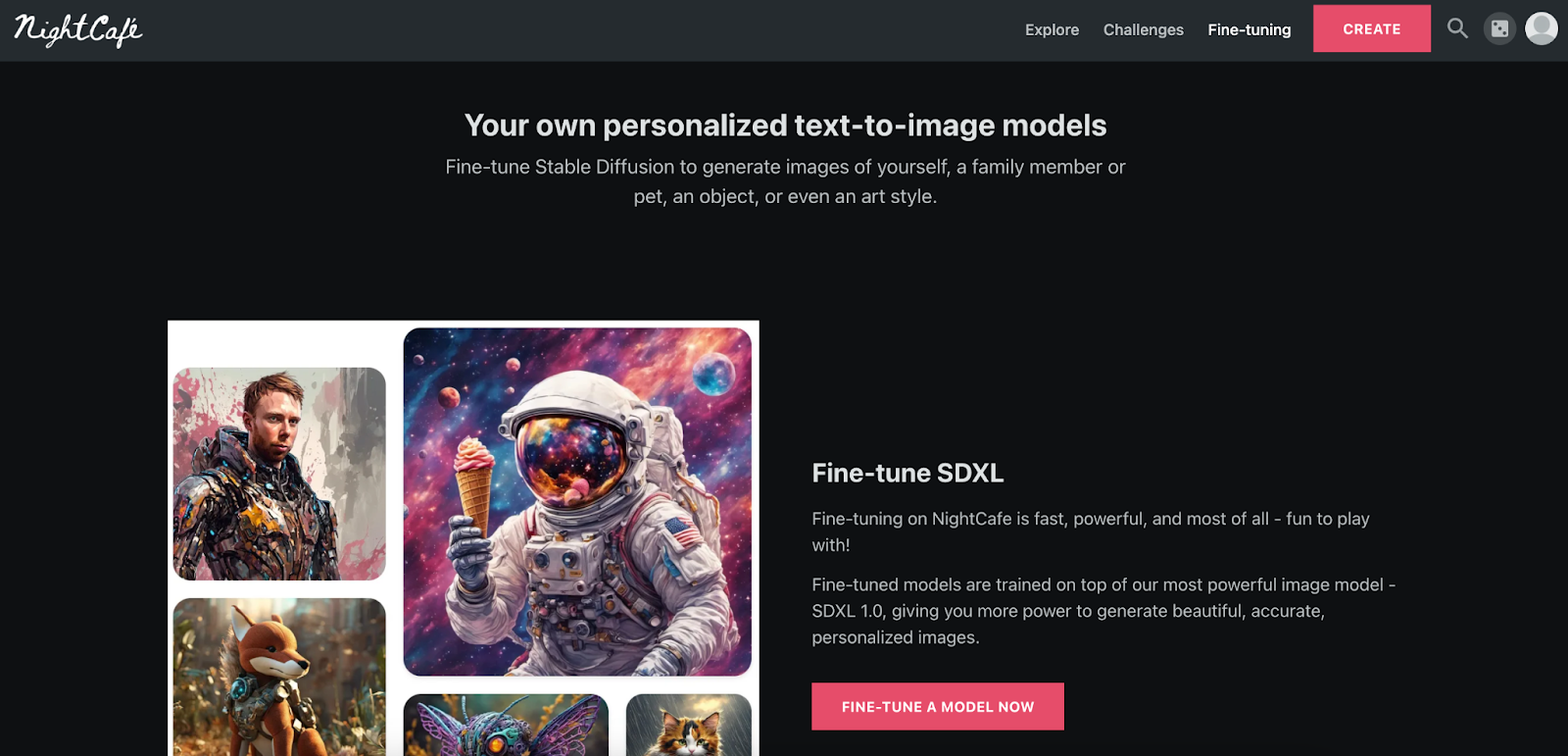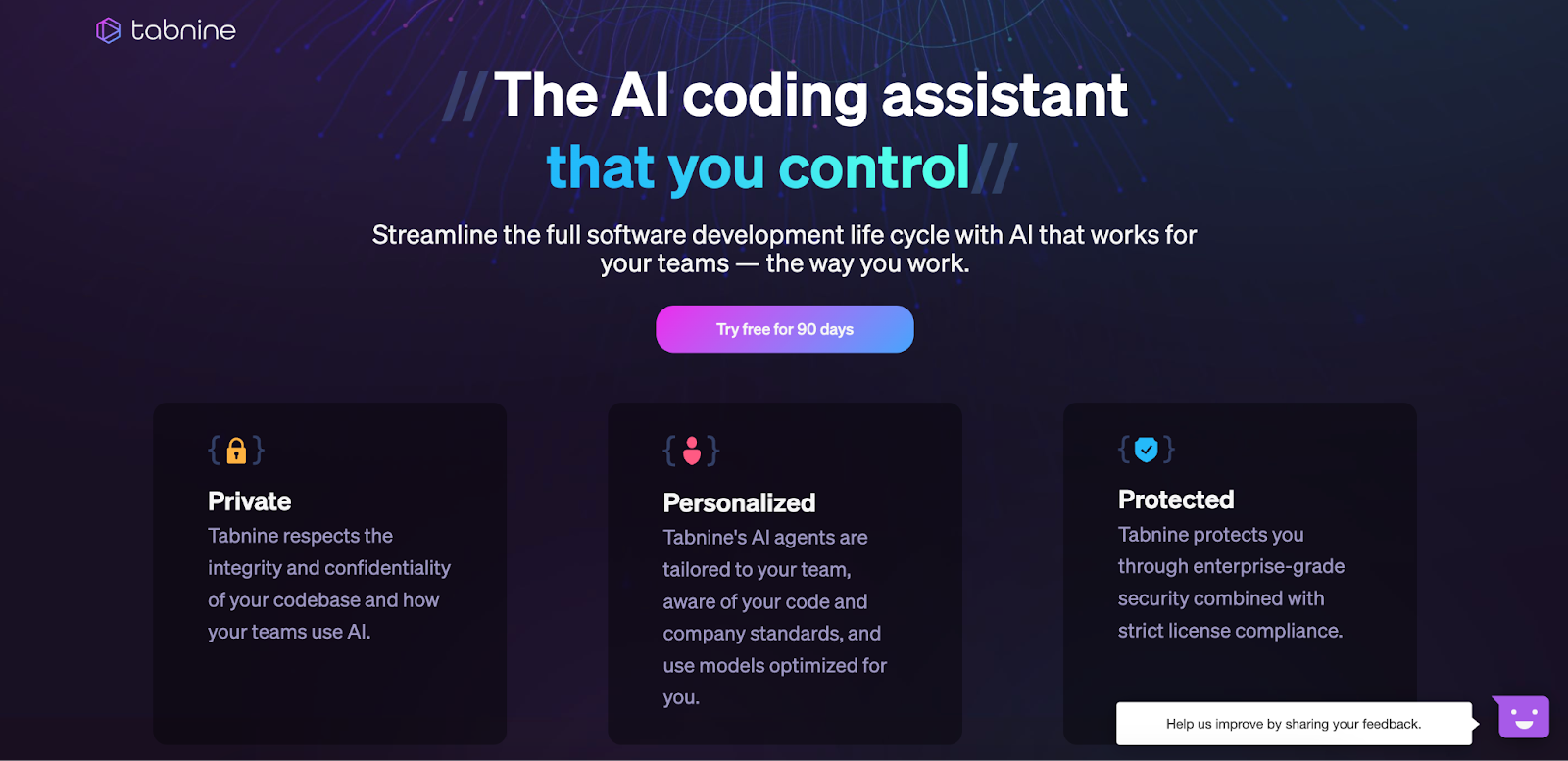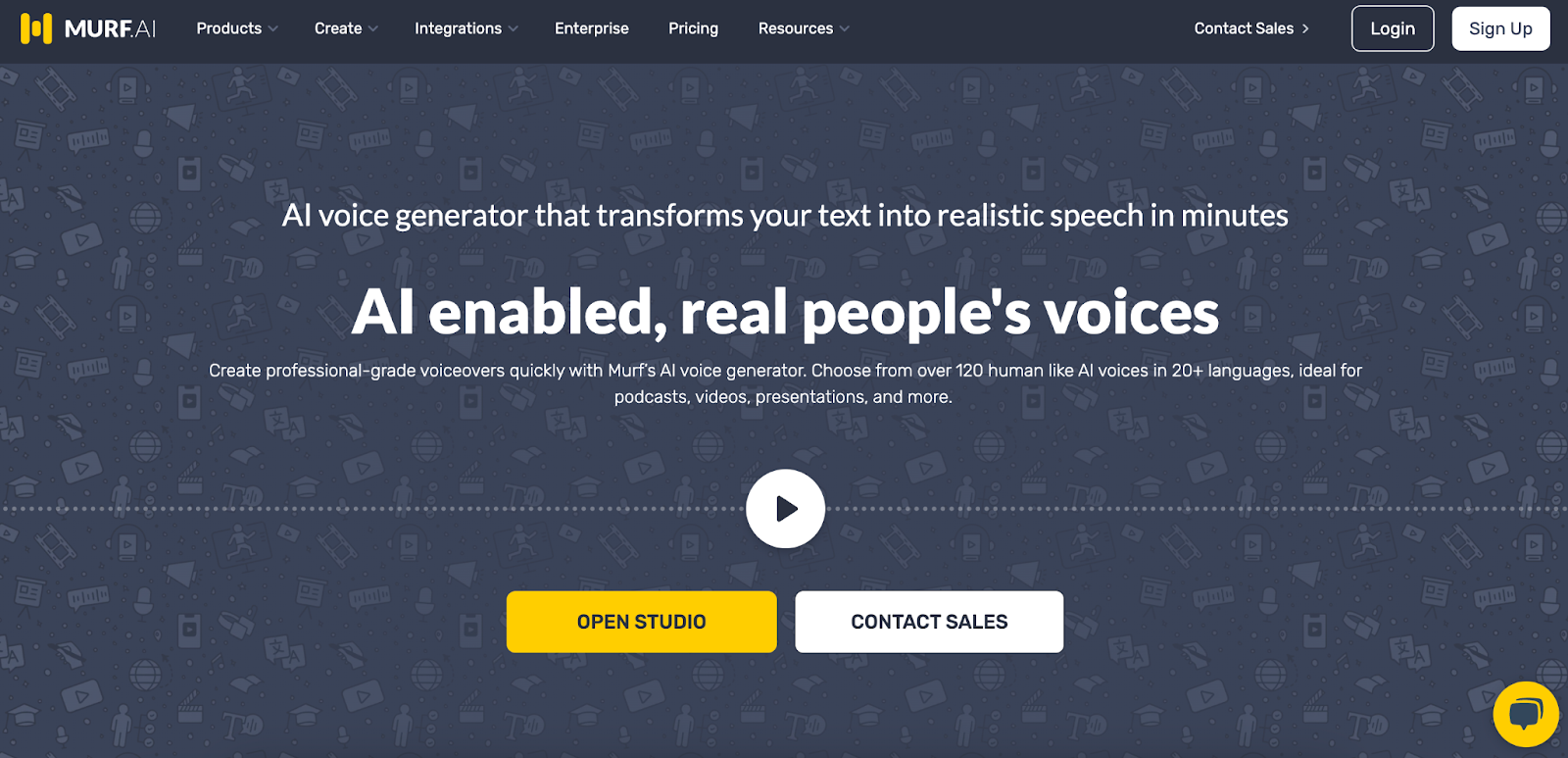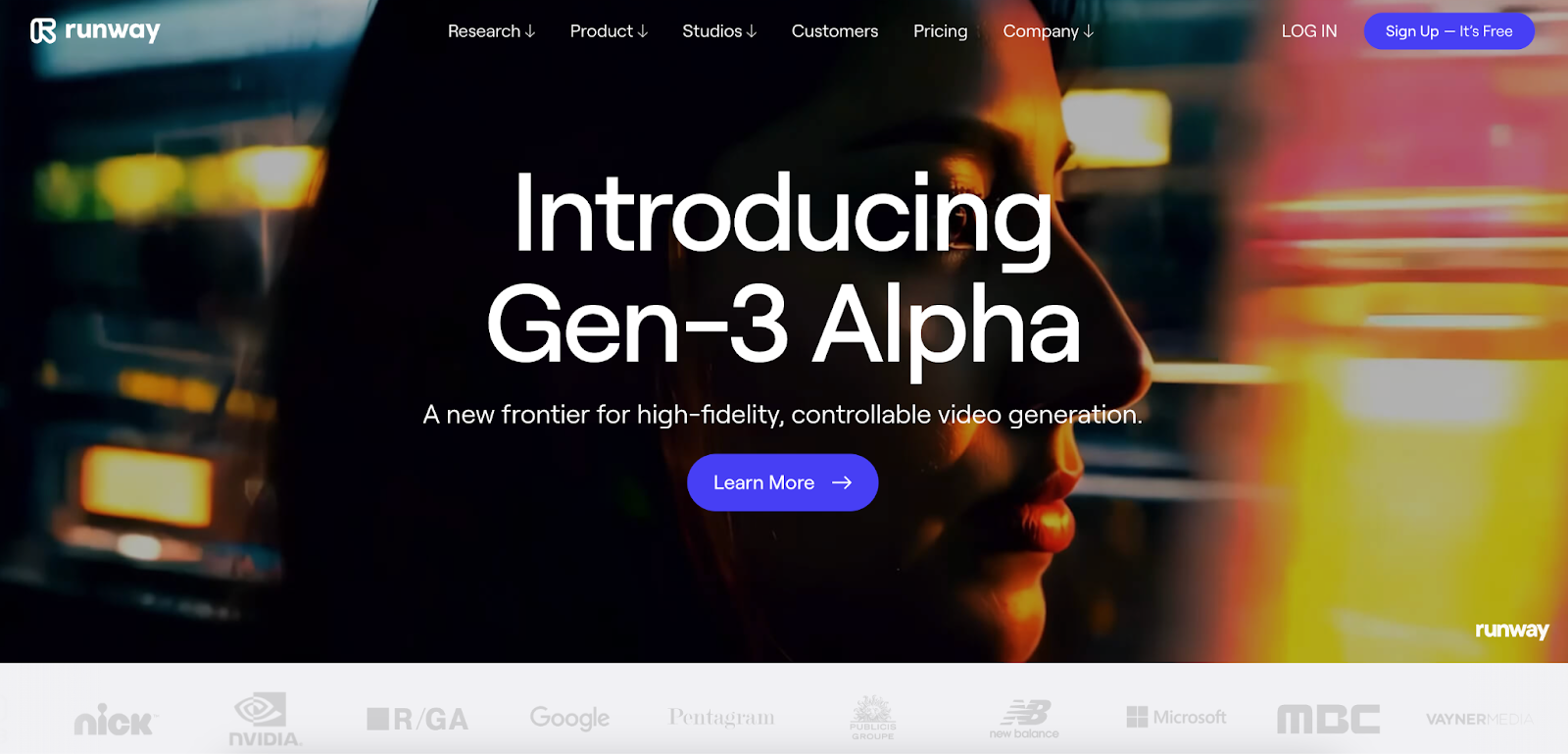AI can help you create passive income streams using multiple methods. Read this guide to discover 9 ways that you can make passive income with AI.
Key takeaways
- AI automates time-consuming tasks like content creation and social media scheduling for passive income.
- AI-generated artwork sells on marketplaces like Etsy and print-on-demand services for monthly earnings.
- AI coding tools enable app development without extensive programming experience or knowledge.
- AI writing assistants help create ebooks and online courses that generate ongoing revenue.
- Training custom AI assistants for specific business tasks creates subscription-based SaaS income opportunities.
From automating content creation to running online businesses on autopilot, there are now dozens of ways to use AI tools to generate passive income.
Want to make money online – even while you sleep? AI makes that more possible than ever.
Here are nine practical ways to start earning passive income with AI.
What exactly is passive income?
Passive income is money that keeps coming in with minimal ongoing effort.
Think of waking up, checking your phone, and seeing your bank account grow – even while you’re streaming Netflix or walking the dog.
It’s the opposite of a traditional 9-to-5, where your time directly equals your pay.
Passive income can come from many sources: ebooks, online courses, fitness plans, print-on-demand products, and more.
The key is to build it once, market it effectively, and let it continue generating revenue over time.
How can AI help me make passive income online?
AI can help you generate passive income online by taking over time-consuming and repetitive tasks, letting you focus on creating and growing your side hustle.
For example:
- Writing and content creation: AI writing assistants can inspire ideas, summarize information, translate languages, and help format ebooks or programs for sale. Tools like Grammarly ensure your content is polished and professional.
- Automation: AI can handle repetitive work like scheduling social media posts, managing email lists, and other operational tasks, freeing you up for big-picture strategy.
- Creative projects: AI-generated art and design have come a long way. You can turn AI-created visuals into print-on-demand products, digital art, or NFTs, tapping into niche communities and potential passive income.
It isn’t a replacement for your work, but it’s a powerful tool that amplifies your skills and helps your passive income ideas come to life faster.
9 different ways that you can make passive income with AI
Here are 9 ways you can generate a passive income using both AI and the existing skills in your tool belt.
1. Produce and sell AI-generated artwork

AI artwork is becoming more and more respected as a niche. If creating art with AI interests you, you’ll be glad to know you can create some pretty unique stuff to sell online, turning your creative vision into a passive income stream.
Sell art prints online: Marketplaces like Whop, Etsy, or Displate let you showcase and sell your art as digital downloads, reaching a global audience instantly.
Sell your art on products: Partner with print-on-demand services to put your designs on t-shirts, mugs, phone cases, and more. This lets fans purchase physical items featuring your work, tapping into impulse buyers and collectors of unique designs.
Sell NFTs: If you’re familiar with blockchain or willing to learn, you can mint and sell your AI art as NFTs. While slightly more complex, NFTs offer the potential for long-term, passive earnings.
- How to get started:
Platforms like Midjourney allow you to unleash your inner artist, even with limited artistic skills. Describe your vision with a text prompt, and AI will generate a unique artwork. - Tools you need:
NightCafe Creator, Midjourney, Etsy, Displate, Printful, Printify, Whop. - Earning potential:
It depends on a lot of factors – but artists are often able to make thousands per month, through consistent artwork creation and clever marketing (and time, of course).
2. Use AI to create online courses
AI can assist you in crafting high-quality online course content.
When it comes to courses, pretty much no niche is off-limits. You could be a coach, instructor, or speaker; it doesn’t matter.
If you have the know-how, AI can bring it to life.
- How to get started: AI writing tools can help you develop outlines, summarize information, and even create quizzes and assessments for students to follow up with.
- Tools you need:
Jasper, Rytr, Whop - Earning potential:
Earning potential depends on your niche, course length, and pricing structure. Cheaper courses are more likely to sell in higher numbers, while luxury courses can earn you significant income from a single download.
3. AI-powered affiliate marketing
Being an affiliate marketer offers a way to earn income by promoting other people's products.
This is most commonly done through social media, where creators are paid a commission through direct or affiliate links they get their audience to buy from.
If you’re already a social media guru, this is a pretty passive way to make a few extra dollars on the platform. While it sounds pretty easy, finding the right products and managing affiliate programs can be a challenge.
With AI, though? It's a lot easier.
- How to get started: Use AI tools like Ahrefs or SEMrush to scour the web for high-performing affiliate programs that align with your niche and target audience.
- Tools you need: Ahrefs, SEMrush, ClickBank, ShareASale.
- Earning potential: Commissions vary depending on the product and affiliate program, but some affiliates earn substantial income through strategic marketing and audience engagement.
4. Develop apps with AI coding tools

AI coding tools are now disrupting the development industry, too. Some of these tools make it possible to create fully functional apps without extensive experience in development. Pretty cool, huh?
Platforms like Lovable, Cursor, Tabnine or Bubble can suggest relevant code snippets, or create full-stack, no-code apps on a building platform.
This significantly reduces development time, especially for repetitive coding tasks.
Tools like Figma or Adobe XD offer features powered by machine learning that can help you design intuitive and user-friendly interfaces for your app.
- How to get started: Consider current trends in app gaming, or solutions to problems you see online (wellbeing, mental health, etc). Maybe you build presets as a photographer – consider developing a photo editing app using sought-after, pre-built presets. The options are pretty limitless.
- Tools you need: AI coding tools such as Lovable; AI tools such as Adobe XD.
- Earning potential: Once your app is developed and tested, you can publish it on app stores or digital marketplaces like Whop. Depending on where and how you choose to publish and sell your app, you have several monetization options.
5. Create ebooks with AI
While you have the ebook ideas, knowledge and wisdom, AI has the know-how to get it onto paper (or in this case, screens) in a way that resonates with readers.
Ebooks have long been a well-known way to make money online, and an exciting way to reach a global audience.
Once your ebook is complete, you can sell it on online marketplaces like Whop and reach a global audience of readers.
As with any of the methods we’ve mentioned, it won’t sell itself, and marketing is a wise investment.
- How to get started: AI writing assistants like Writesonic or Rytr are your key to unlocking the doors to well-written content. Overcome writer's block, expand on your ideas, generate chapters, and outline your e-book.
- Tools you need: Rytr, Writesonic.
- Earning potential: While some ebook authors can earn a comfortable living solely from ebook sales, most use ebooks as lead magnets to build an email list and promote other products or services.
6. Generate downloadable worksheets and files
Downloadable worksheets - basically, mini ebooks – are super easy to create with AI and sell online.
These could be study worksheets for tutoring, budgeting templates for finance enthusiasts, or social media content calendars for aspiring entrepreneurs.
There are several ways to sell your downloadable content – you can offer them through your website, an online marketplace, or even bundle them together as a paid course.
- How to get started: Use tools like Writesonic and ShortlyAI to write content and package into downloadable worksheets, templates, or cheat sheets that target specific learning needs.
- Tools you need: ShortlyAI or similar.
- Earning potential: Earning potential depends on the value you provide, pricing strategy, and marketing efforts. The Whop marketplace can be a good place to gain inspiration from other sellers and their products.
7. Create and sell AI audio

Hear us out for a second - no pun intended. AI audio content is a hot market right now, thanks to the popularity of podcasts and audiobooks.
Platforms like Murf or Resemble can generate voiceovers, music, or sound effects for various applications, and tools like Udio and Suno can help you generate musical tracks.
Host your audio creations through online marketplaces or build a portfolio online to direct leads to.
This passive income could lead to more active income, offering custom audio creation to creators needing unique sound design elements for their projects.
- How to get started: Create your AI audio, and sell on freelance platforms and to your social media followers. You can also approach creators directly.
- Tools you need: Murf, Resemble or similar.
- Earning potential: Some creators earn a decent income from royalty-free audio downloads, while others focus on high-value custom audio projects for clients.
8. Develop and sell AI-generated stock photos and videos

AI tools can create stock imagery that you can sell online.
Platforms like RunwayML can create royalty-free stock photos and videos using AI.
These tools work by having you provide keywords to create imagery and video from a single prompt. As with all prompt-based tools, mastering this is a skill in itself.
Sell stock imagery on online marketplaces – or directly to businesses and other creators from your website.
While hosting platforms can help you gain some exposure in the beginning, you will often be splitting earnings with the company on each sale.
It's important to understand the copyright limitations associated with AI-generated content. Certain platforms may have restrictions on the use of certain AI-created visuals.
- How to get started: Learning to prompt will be key to becoming better at your craft. The good news? You can expect your results to get better as you become more comfortable with the technology.
- Tools you need: RunwayML, Shutterstock, Adobe Stock.
- Earning potential: Some creators earn a decent income from stock photo and video downloads. Others use it as a supplementary income source alongside other creative endeavours.
9. Train your own AI assistant and sell it as a SaaS
You can now create AI assistants trained to tackle specific tasks, sell these as a software-as-a-service, and generate income passively.
Well-known SaaS companies include Adobe, Slack and Mailchimp. As you can see, the general theme is solving a problem, often related to workflows.
Train an AI assistant to handle specific tasks for a client and offer a one-time setup fee.
This is ideal for businesses that require a custom AI solution for a particular project or workflow.
Develop a subscription-based model where clients pay a monthly fee to access your AI assistant's services. This may involve offering different subscription tiers with varying functionalities.
- How to get started: Identify a niche where AI assistants can offer significant value. This could be data entry, managing social media accounts, or automating customer service.
- Tools you need: Dialogflow, Rasa or similar.
- Earning potential: Depends on several factors: the chosen niche, the value proposition of your AI assistant, and your pricing model.
Platforms like Whop can help you price and sell subscriptions and memberships to your services, generating a steady passive income.
AI is an impressive tool, but it's not a replacement
AI can supercharge your passive income efforts, but it won’t do everything for you. The key is combining AI’s power with your own creativity and skills.
- Refine AI content: AI gives you the bones of your work, but you still need a human touch to edit, polish, and make it high-quality.
- Focus on quality over quantity: Don’t churn out products just to have more. A few high-value streams outperform many mediocre ones.
- Leverage AI strategically: Use AI to brainstorm, overcome creative blocks, and streamline repetitive tasks. Free your time for strategy, marketing, and content creation—the areas where humans shine.
- Scale smarter: By letting AI handle repetitive processes, you can manage multiple income streams efficiently and grow your earning potential without burning out.
Tl,DR: You can still make the most of AI’s capabilities without over-relying on the tool.
Ready to reap some passive income? Check out Whop
You know where AI can help you build a side hustle, now it’s time to make it real.
Whop is an all-in-one platform for creating, selling, and profiting from digital products.
- Get your own hub: Set up your whop, your personal online space to house and sell digital products.
- Upload and sell easily: No coding required. Upload your content, set your price, and start earning.
- Engage your audience: Offer exclusive content, interact with customers, and build a loyal following that keeps coming back.
- Process payments seamlessly: Whop acts as your payment processor and MoR, with transaction fees as low as 2.7%.
An AI-powered course, an ebook, or digital printables, Whop handles the heavy lifting so you can focus on creating, marketing, and scaling your passive income.
Start earning while you sleep. Create your Whop today and turn your AI ideas into passive income.



